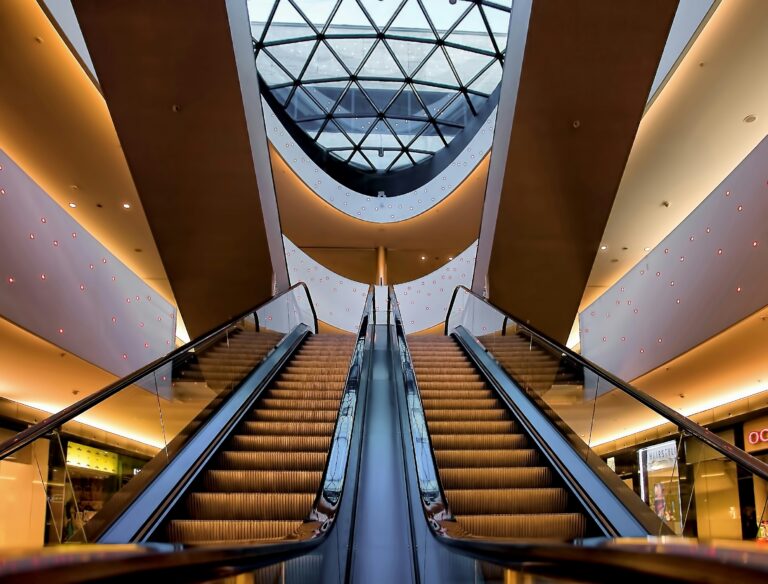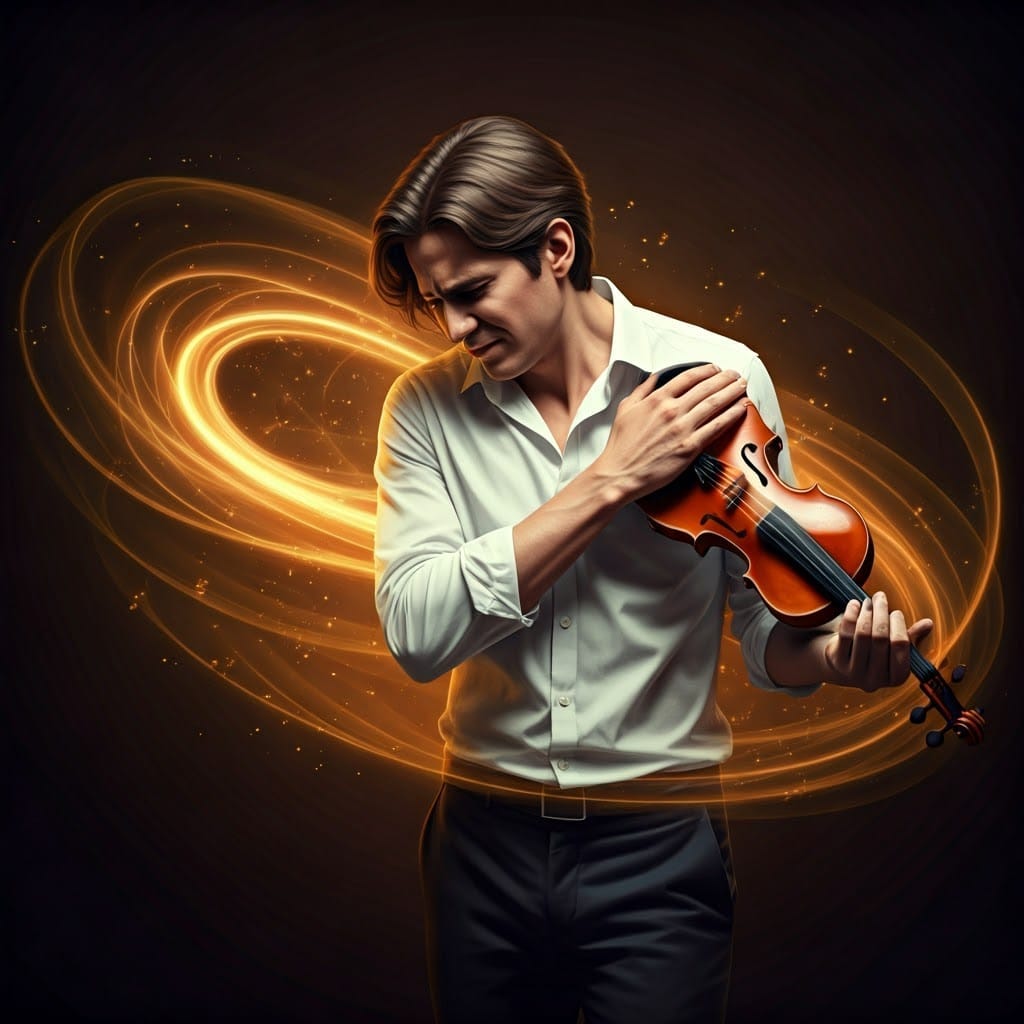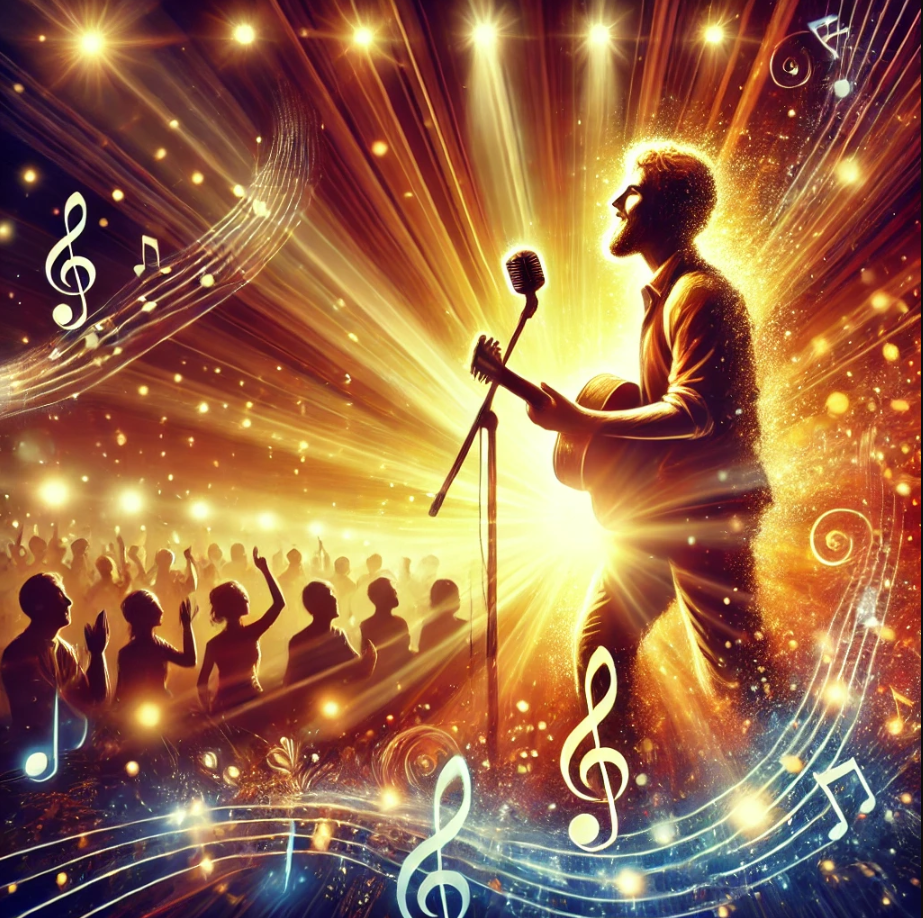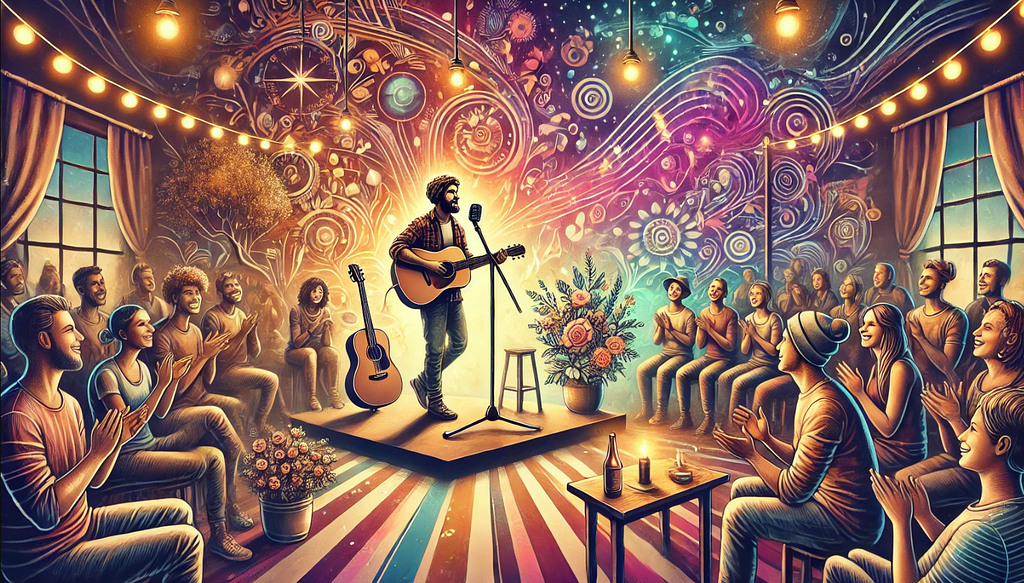
Art as a Consciousness Escalator
“It is often said that in today’s modern and postmodern world that the forces of darkness are upon us. But I think not; in the Dark and the Deep there are truths that can always heal. It is not the forces of darkness but of shallowness that everywhere threaten the true, and the good, and the beautiful, and that ironically announce themselves as deep and profound. It is an exuberant and fearless shallowness that everywhere is the modern danger, the modern threat, and that everywhere nonetheless calls to us as savior.”
— Ken Wilber, Sex, Ecology, Spirituality
The key to resolving the meaninglessness crisis that now pervades our society lies in recognizing that the perspectives that largely gave rise to it—modernism and postmodernism—are themselves but individual stages in the ongoing development of human consciousness. In other words, there were stages that came before these, and there are stages that will come after.
So, even though a modernist or postmodernist may, themselves, feel like the perspectives of their own stage carry some kind of ultimate truth, these self-same perspectives and the stages they come from are not, in fact, the end-all-be-all. The deeper truth here is that human consciousness has a developmental trajectory, and when you recognize that trajectory, you will no longer be caught in the limitations of any particular stage of development. Instead of inhabiting a worldview whose logical end-point is nihilism and despair, you will suddenly see that life is full of promise; there’s somewhere truly worthwhile to move towards, and that you can play a role in that movement.
This is the essence of Holistic Values Development, which comprises the growth of consciousness towards greater personal and societal maturity, evolution, sophistication, competence, and inclusivity. When your consciousness grows in this way, what is actually expanding is what you are conscious of. You become aware of a greater variety of phenomena in yourself and in the world at large, you expand your tolerance for complexity and nuance, and you increase the size of your sphere of concern by moving, for example, from egocentric, to ethnocentric, to world-centric stages of development, or even beyond.
Holistic Values Development comprises the growth of consciousness towards greater personal and societal maturity, evolution, sophistication, competence, and inclusivity.
At a societal level, Holistic Values Development is absolutely vital because so many of the challenges humanity now faces are all caused by clinging to outdated, immature, and narrow-minded ways of being. Specifically, what lies at the root of so many of our collective challenges is that what matters to most people doesn’t even include all of humanity (a sociocentric stage), much less all of life on earth (a planetcentric stage). The reason this insight is so important is that people only care for the things they care about, and they only care about the things they are aware of.
This, for instance, explains what’s actually behind the alarming degradation of the topsoil in our agricultural lands, whose robust health is utterly necessary for our survival. The farmers and policymakers who engage in the soil-destroying practices that comprise much of industrial agriculture are simply not aware that the topsoil is part of their larger body, and that its health is of primary importance for human (and non-human) life on earth. And if they were aware of this, they would naturally seek out different farming practices because they would have a visceral sense that the soil is just as much a part of their beingness as are their own arms and legs.
Thus, the destruction of our topsoil is not necessarily the effect of ill-intentioned individuals, but rather may be the natural result of not being fully aware of our interconnectedness with the earth and each other. The fundamental solution, then, to a challenge like this is for enough individuals to decide to grow into a stage of development which includes a felt awareness of the value of all life on earth (planetcentric/post-postmodern/Integral).5 When this happens, more and more of the decisions which impact life on earth will come from this more expansive awareness, and this will naturally result in choices that lead to greater harmony, truth, love, freedom, conscious evolution, and reverence for life.
A similar shift is possible for the arts world. Some of what gets in the way of our most fulfilling and masterful expressions of the human spirit—the strictures of traditional arts pedagogy, the emptiness and stress of the modern achievement-orientation, and the nihilism of postmodern deconstructive modes of artistry—are all artifacts of the limitations of certain stages of human consciousness. And the answer to each of these limitations, no matter what stage they come from, is the same: yet more growth in consciousness.
For example, the answer to strict traditionalism is the modernist freedom to explore and innovate. The answer to the emptiness and stress of modernity’s over-emphasis on achievement is the postmodern return to feeling and care. And the answer to the nihilism that can arise with the postmodern impulse to deconstruct everything is to see yourself, and your art, as a participant in the ongoing evolution of life and consciousness on earth. No stage has the ultimate answers; every stage has its limitations, and the answer to those limitations is to keep growing.
Your direct, intentional, and ongoing participation in this evolution is utterly essential to the fulfillment of your role as a musician or artist in creating a more beautiful world. When you evolve and grow as an individual, your own evolution will inevitably find expression in your art, which, in turn, will then transmit a system update of this more evolved stage of consciousness to your audiences. Art that transmits such a system update can act as a kind of consciousness escalator, lifting those around you into the more evolved stages of consciousness that our society so desperately needs right now.
When you evolve and grow as an individual, your evolution will inevitably find expression in your art, which, in turn, will then carry a system update of a more evolved stage of consciousness to your audiences.
So, in order to create the kind of art that answers the meaninglessness crisis, you need to initiate your own growth and evolution as an individual. And one of the very best means for inspiring such growth comes from the world of developmental psychology. It is a developmental model that reveals how human consciousness, values, and perspectives grow and evolve over time. It empowers us by showing us where we came from, where might currently be stuck, and where we might be able to grow. And, vitally, it offers a tangible means of resolving the meaninglessness crisis at a fundamental level. This model is called Spiral Dynamics.
Stay tuned for more blog posts and videos about discovering your creative purpose, creating more freely, and making art that matters!
For more support in this process, download your copy of the Soulforce Arts Starter Kit, a free mini-course designed to help you reconnect with your Soulforce, the transformative energy essential to art that matters. You can access the Starter Kit by signing up for the Soulforce Arts Institute’s email newsletter.
You can also join the Soulforce Arts Community, an online community and learning platform that brings together conscious artists of all kinds and abilities to help you discover a deeper artistic purpose, create free from blockages, and make a better world.
The above post is adapted from Chapter 9 “Spiral Dynamics & the Arts” of my book, “Soulforce: How to Discover Your Artistic Purpose, Create More Freely, & Make Art That Matters,” now available for pre-order.
Joseph Arnold
Violinist, Alexander Technique teacher, and Director of the Soulforce Arts Institute
SoulforceArts.com
SoulforceArts.com/Community




